Best 17 Blender 3D Developers
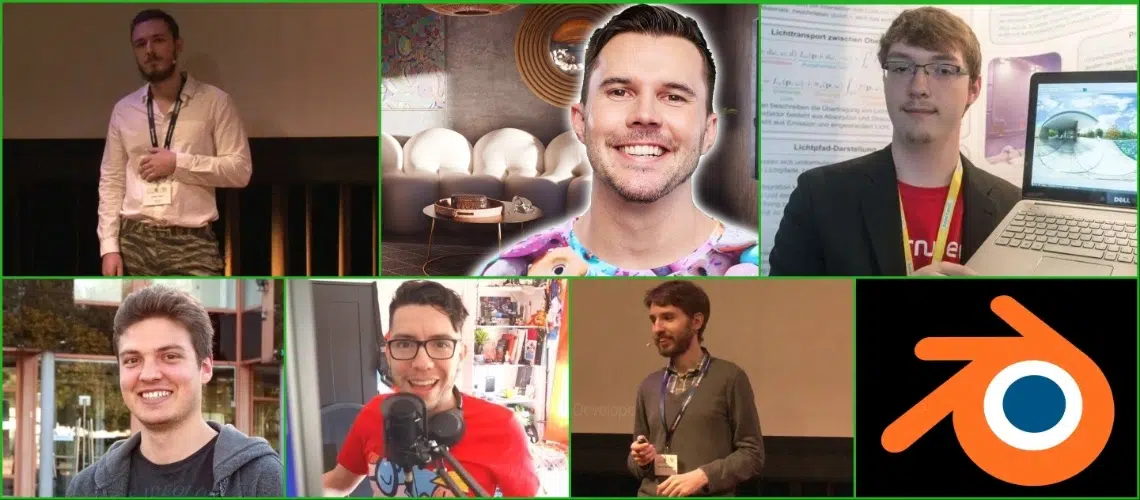
No time to read the whole thing? Get an instant summary of this article, powered by 🤖 ChatGPT.
Blender has become a powerhouse in open-source 3D creation, driven by a global community of developers, artists, educators, and innovators.
From advancing the core architecture to launching new tools and tutorials, these standout experts have made a lasting impact on Blender’s growth and creative ecosystem.
- Andrew Price
- Jeroen Bakker
- Brecht Van Lommel
- Clément Foucault
- Julian Eisel
- Jacques Lucke
- Antonio Vazquez
- Sybren A. Stüvel
- Pablo Vazquez
- Sebastián Barschkis
- Omar Emara
- Lukas Stockner
- Dalai Felinto
- Pablo Dobarro
- Lubos Lenco
- John Cotterell
- Stefan Werner
Now, let’s delve deeper into their achievements and contributions.
Andrew Price

Nationality: Australian
Andrew is a Blender content creator and entrepreneur who has arguably been the most influential Blender educator on YouTube.
He founded the Blender Guru website and YouTube channel back in 2008, producing tutorials that have onboarded countless newcomers (his famous Donut tutorial series became a global meme for beginners). Andrew is also the founder and CEO of Poliigon, a successful startup offering high-quality textures and assets for CGI artists. Over the years, he’s been a vocal advocate for better UI in Blender, even presenting a talk on UI design that influenced Blender’s 2.5 and 2.8 interface changes. According to CG Cookie, he is “arguably the most successful Blender educator” and has built one of the go-to resources for learning Blender.
Andrew has won a Suzanne Award for Best Tutorial (2010) and continues to shape the community through talks, podcasts, and active social media engagement.
- LinkedIn: Andrew Price
- X (Twitter): @andrewpprice
- Portfolio: artstation.com/andrewprice
Jeroen Bakker
Nationality: Dutch
Jeroen is a Blender developer from the Netherlands, currently a senior software engineer focusing on the viewport and GPU rendering.
Based in Amsterdam, Jeroen has contributed notable performance improvements – for example, in 2020 he delivered a patch that significantly sped up the UV/Image Editor, benefiting texturing workflows. He works on EEVEE and the viewport compositing project, striving to bring real-time compositing and better drawing performance to Blender. Jeroen also helped integrate technologies like NVIDIA OptiX (for viewport denoising) and has been active in bug fixing in the graphics pipeline. With past experience at companies like Unity, he brings professional insight to Blender’s rendering engine development.
His work ensures that Blender’s viewport remains fast and modern, capable of handling advanced shading and huge scenes interactively.
- LinkedIn: Jeroen Bakker
- GitHub: Jeroen-Bakker
Brecht Van Lommel
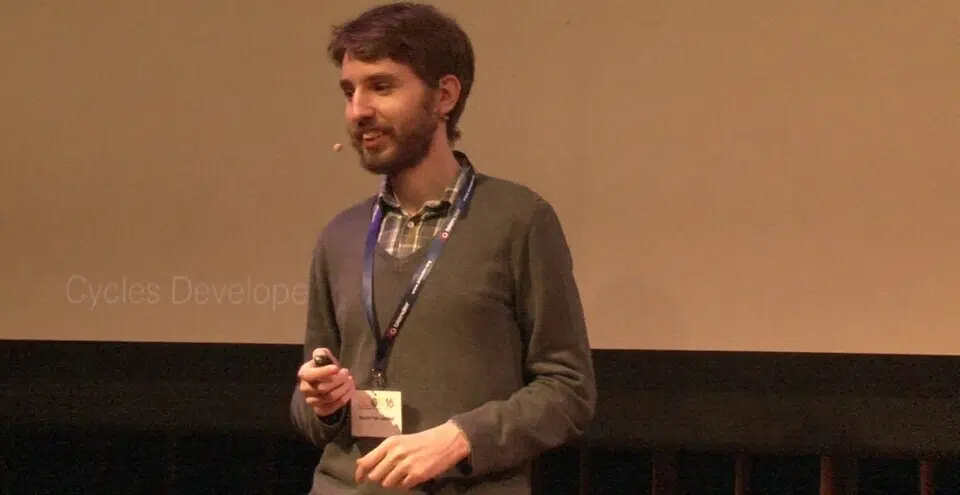
Nationality: Belgian
Brecht is a software developer celebrated as the mastermind behind Blender’s Cycles render engine.
He introduced Cycles in 2011, revolutionizing Blender with production-quality path-tracing. Brecht’s work “has gone down in the annals of Blender history” for this contribution. After a stint at Solid Angle and Autodesk (working on Arnold), he returned to Blender Institute in Amsterdam and became the lead architect for Blender 2.8’s development. In recent years Brecht continues to advance Cycles (including the new Cycles X project) and oversees many developer-driven projects, reviewing and guiding contributions across the board.
His expertise ensures Blender’s rendering and architecture remain cutting-edge.
- LinkedIn: Brecht Van Lommel
Clement Foucault
Nationality: French
Clément is a developer and the original author of EEVEE, Blender’s real-time physically-based render engine.
He joined the Blender project to implement a modern viewport renderer, and EEVEE debuted in Blender 2.80 as a game-changer for real-time visualization. In 2020, Clément continued refining E-E-V-E-E with features like motion blur, soft shadows, improved transparency, and a realistic sky texture. He has also been leading the effort to port Blender’s viewport and EEVEE to the Vulkan graphics API, which paves the way for future real-time ray tracing and macOS support.
With a background in computer graphics, Clément’s work bridges the gap between interactive rendering and final renders, dramatically expanding Blender’s capabilities for artists and studios.
- LinkedIn: Clément Foucault
- GitHub: fclem
- Website/Blog: clement-foucault.com
Julian Eisel
Nationality: German
Julian is a Blender specialist dedicated to improving Blender’s user interface and user experience. As the UI module owner at Blender Institute, Julian’s mission is to make Blender more intuitive and accessible.
He has led projects like the redesign of the asset browser, modernizing menu and panel layouts, and implementing the “fuzzy search” feature that helps users find UI options quickly. Julian is also the development lead for VR (Virtual Reality) support in Blender, bringing features that allow users to inspect scenes in VR (introduced in Blender 2.83).
Many subtle but important UI improvements – from consistent popovers to drag-and-drop usability – have Julian’s fingerprints on them. His contributions greatly enhance workflow efficiency and make Blender’s myriad features easier to navigate.
- LinkedIn: Julian Eisel
- X (Twitter): @Severin_b3d
Jacques Lucke
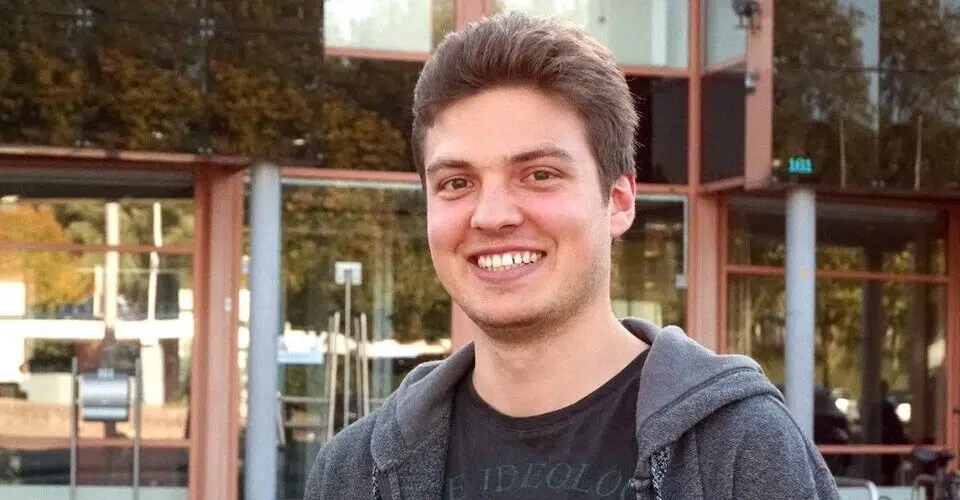
Nationality: German
Jacques is a Blender dev known for pushing the boundaries of node-based workflows.
He initially created the popular Animation Nodes add-on as a teenager, which led him to join the official development team. Jacques is at “the heart” of Blender’s ambitious Everything Nodes project, spearheading the Geometry Nodes system that enables procedural modeling and effects via node graphs. He has also worked on particle nodes and volume object modifiers, empowering artists to create complex simulations (like fire and clouds) with ease.
Jacques’s contributions have been pivotal in making nearly every aspect of Blender controllable through nodes, opening up new creative possibilities for users.
- LinkedIn: Jacques Lucke
- X (Twitter): @JacquesLucke
- GitHub: JacquesLucke
Antonio Vazquez
Nationality: Spanish
Antonio is a software developer best known as the lead developer of Grease Pencil in Blender. Grease Pencil began as a simple annotation tool and, under Antonio’s stewardship, evolved into a full 2D animation system integrated with 3D.
He has worked on Grease Pencil since the early 2010s, making it possible to draw and animate 2D strokes in Blender’s 3D space. Thanks to Antonio, Blender now supports 2D/3D hybrid animation, complete with effects, shaders, and even the ability to use lights on Grease Pencil objects. He coordinated a team of developers to add features like layer blending modes, vertex color, and better fill tools. Antonio’s efforts opened Blender to 2D animators and were showcased in the short film Hero.
In 2020, Grease Pencil even won a Technology award (MWU) for technical advancement, highlighting Antonio’s impact.
- LinkedIn: Antonio Vazquez
- X (Twitter): @antonioya_blend
- Portfolio: behance.net/eliasnake
Sybren A. Stüvel
Nationality: Dutch
Sybren is a Blender developer who improves animation and pipeline tools. Sybren is well-known among Blender followers for his informative developer logs and Python expertise.
In recent years, he focused on Blender’s I/O and asset pipeline: he refined Alembic caching and helped implement USD (Universal Scene Description) support for cross-application workflows. Sybren also took over as the Linux Platform Maintainer, ensuring Blender runs smoothly on Linux systems. In animation, he developed the new Pose Library and animation constraints improvements, helping animators reuse and blend poses easily.
He’s also an educator – Sybren created the “Scripting for Artists” course on Blender Cloud to teach technical skills to users. His broad contributions, from core fixes to training, make Blender more powerful and accessible.
- LinkedIn: Sybren A. Stüvel
- X (Twitter): @sastuvel
- GitHub: sybrenstuvel
- Website/Blog: stuvel.eu
Pablo Vazquez
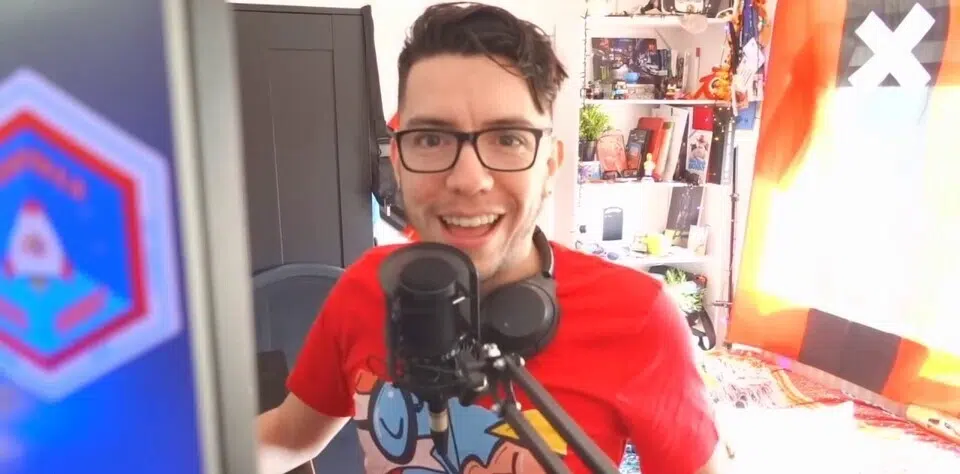
Nationality: Argentine
Pablo is a Blender dev and one of the most visible ambassadors of the Blender community. As part of the Blender Institute team in Amsterdam, Pablo contributes to Blender’s UI development and UX design.
He has worked on features like the Collections system and Outliner improvements for the 2.8 release. Beyond coding, Pablo is famous for hosting Blender Today, a weekly live news show that keeps the community up-to-date on the latest Blender developments, as well as co-hosting the official Blender Studio Podcast. He has been involved with Blender since the early 2000s, previously contributing to the Peach Open Movie (Big Buck Bunny) as an artist and then transitioning into development and community relations.
Pablo’s friendly outreach and tutorial streams have made Blender’s progress transparent and engaging for users worldwide.
- LinkedIn: Pablo Vazquez
- X (Twitter): @PabloVazquez_
- Website/Blog: pablovazquez.art
- YouTube: Blender Today
Sebastian Barschkis
Nationality: German
Sebastián is a Blender pro focused on physics simulation, best known for integrating the Mantaflow fluid simulation system into Blender.
Working as a physics developer (often remotely from Germany), Sebastián brought state-of-the-art fire, smoke, and liquid simulations to Blender 2.82. Mantaflow’s inclusion means artists can create realistic flames, splashes, and gaseous effects natively. In 2020, Sebastián continued to improve Blender’s fluid dynamics, adding features like the APIC method for more stable liquid simulations. He tirelessly refines the simulation code to be more performant and user-friendly. Sebastián started Mantaflow as an academic project; his dedication to merging it with Blender over multiple years has given users Hollywood-like simulation tools at their fingertips.
He also contributes to particle systems and works closely with the render team to ensure fluid materials render correctly in Cycles and EEVEE.
- X (Twitter): @sebbas
- GitHub: sebbas
- Website/Blog: sebbas.org
Omar Emara
Nationality: Egyptian
Omar is a software engineer and Blender developer leading the charge on Blender’s next-generation compositor. With a background in open source (and having founded an AR startup), Omar joined Blender’s development to modernize the compositor.
He introduced the Real-time Compositor project – a new GPU-accelerated compositor that allows instant feedback in the viewport. Omar’s work means artists can see compositing effects (like color grading, depth of field, vignettes) directly while editing scenes, drastically improving workflow. He is also involved in improving the existing tiled compositor and integrating technologies like the USD Hydra viewport.
His contributions bring modern graphics pipeline capabilities to Blender, and he represents a growing Blender developer base from the MENA region.
- X (Twitter): @OmarEmaraDev
- GitHub: OmarEmaraDev
Lukas Stockner
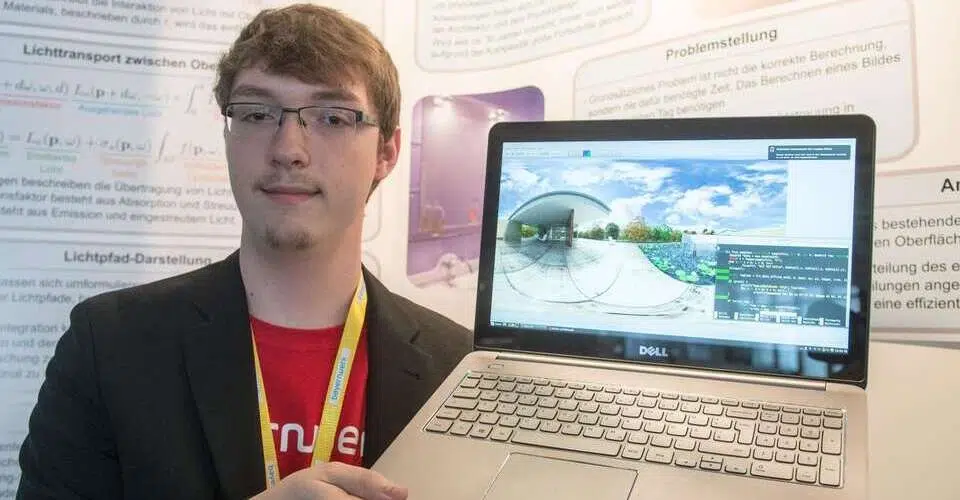
Nationality: German
Lukas is a Blender developer recognized for his work on rendering and light transport algorithms. As a young contributor, Lukas made headlines by developing the first Denoising feature for Cycles, which debuted in Blender 2.79 and helped reduce noise in renders using advanced filtering.
He started as a student in Google Summer of Code and quickly became a trusted contributor to Cycles and Blender’s core. Lukas has contributed to CPU and GPU rendering optimizations, lighting algorithms (like improvements to multiple importance sampling), and fixes in Cycles that improve realism and speed. He has also worked on UV tools and bug fixes across Blender. In 2024, Lukas was a speaker at the Blender Conference, presenting “Denoising in Cycles: Past, Present and Future”, underscoring his expertise in render technology.
His continued involvement (even while pursuing academic studies) exemplifies the impact of passionate volunteer developers in Blender’s success.
- LinkedIn: Lukas Stockner
- GitHub: LukasStockner
Dalai Felinto
Nationality: Brazilian
Dalai Felinto is a Blender developer and a key figure in the Blender 2.8 project. With a background in architecture and computer graphics, Dalai has been contributing to Blender for over a decade.
He co-authored Game Development with Blender in 2013 and later joined the Blender Institute as a developer. Dalai was one of the coordinators of the massive Blender 2.80 overhaul, helping to introduce features like Collections and the new user interface. He also specialized in stereoscopic 3D and VR: he implemented Blender’s Multi-View (stereoscopic rendering) and kickstarted the integration of Virtual Reality (OpenXR) support. In recent years, Dalai served as Development Coordinator for Blender, guiding the roadmap and mentoring new contributors.
His leadership and coding skills have been instrumental in bringing Blender to industry-standard levels.
- LinkedIn: Dalai Felinto
- X (Twitter): @dfelinto
- GitHub: dfelinto
Pablo Dobarro
Working in open source means you’re never building alone. Every line of code has a story, a discussion, a reason to exist.
Nationality: Spanish
Pablo is a developer and digital artist who dramatically advanced Blender’s sculpting and painting toolset. A self-described “multi-talented artist and dev”, he joined the Blender project to modernize Sculpt Mode.
Pablo introduced features like the Cloth Brush, physics-based sculpting, voxel remeshing, and a revamped Multires (multi-resolution) workflow. His Sculpt Mode branch turned Blender into a much more powerful digital sculpting suite, rivaling industry tools. Many of his innovations (pose brush, face sets, gesture-based masking) landed in Blender 2.81–2.93, greatly improving usability for character artists. Pablo’s community interaction (sharing previews on Twitter) built excitement among Blender users.
In 2021 he moved to a role at Epic Games, but his contributions remain at the core of Blender’s sculpt and texture painting capabilities.
- LinkedIn: Pablo Dobarro
- X (Twitter): @pablodp606
- GitHub: pablodp606
- Website/Blog: ArtStation
Lubos Lenco
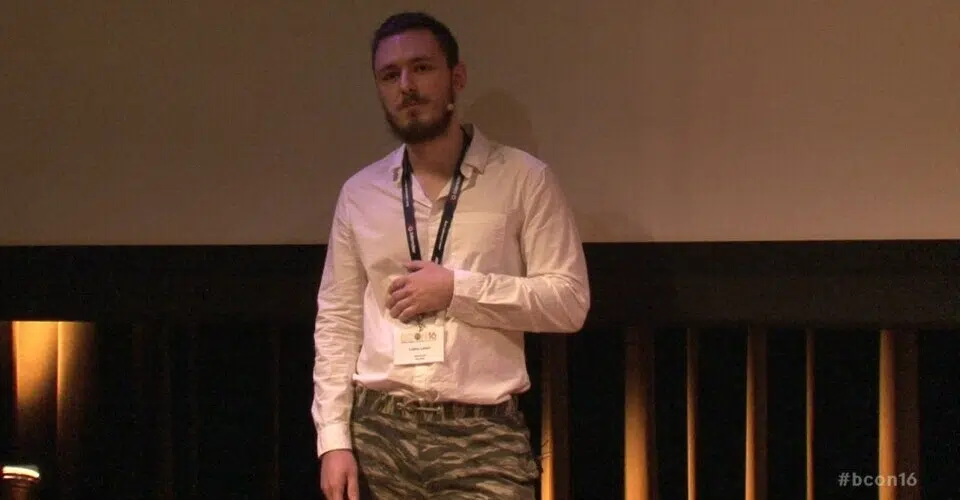
Nationality: Slovak
Lubos is a game developer and startup founder who leverages Blender in cutting-edge ways. He is the creator of Armory 3D, an open-source game engine that is tightly integrated with Blender as an add-on.
A true one-man army, Lubos single-handedly wrote Armory in the Haxe programming language, enabling Blender users to create interactive games and visuals without leaving Blender’s interface. He also developed ArmorPaint, a PBR texture painting tool. As a tech founder who still codes daily, Lubos has been pushing Blender into real-time applications. He demonstrated Armory at Blender Conference 2016 and launched it publicly in 2018, gaining support via Patreon. His work exemplifies entrepreneurial innovation on top of Blender – bridging the gap between content creation and game development.
By extending Blender’s ecosystem, Lubos has inspired many to see Blender as not just a DCC tool but a platform for interactive media creation.
- LinkedIn: Lubos Lenco
- X (Twitter): @luboslenco
- GitHub: luboslenco
John Cotterell
Nationality: British
John is a seasoned developer focusing on 3D game development, data visualization, scanning, and UI/UX—especially using Blender as an essential tool for creating assets for browser, mobile and VR/AR experiences.
In his LinkedIn article “Re‑Learning Game Development with Unity/Godot, Blender and Generative AI” he emphasizes how he returned to Blender to build full 3D models from scratch, sculpting and animating characters—skills he refined through Udemy courses and tablet‑based workflows, and which he now confidently uses for game‑ready asset production. He recounts exporting Blender scenes into sprite frames for use in Godot, testing composite sprites with independent animations, and integrating them successfully with under‑50 lines of GDScript.
His Blender work sits at the heart of his indie game development process, bridging creative modeling with real‑time engine implementation and serving as the foundation for his current game‑making efforts.
- LinkedIn: John Cotterell
Stefan Werner
Nationality: Canadian
Stefan is a computer graphics developer who has contributed significantly to Blender’s rendering and pipeline integration.
Hailing from Canada (and of German origin), Stefan worked at Tangent Animation where he helped implement features for Blender to use in Tangent’s feature films. He was instrumental in integrating Open Shading Language (OSL) and supporting USD pipeline work during Blender 2.8’s development. Stefan also contributed the initial ATI/AMD ProRender integration and optimizations for Cycles. After Tangent Animation open-sourced many of their Blender improvements, Stefan joined the Blender Institute team. He has since worked on Cycles and GPU rendering, including maintenance of the OptiX backend and adding support for features like Vulkan and Metal.
One of Stefan’s visible contributions was assisting with UDIM texture tile support, allowing Blender to handle UDIM UV layouts for high-end texturing. With experience in both studio production and open-source, Stefan bridges the gap to ensure Blender fits into professional pipelines.
- LinkedIn: Stefan Werner
- X (Twitter): @stefan_3d
- GitHub: swerner
Wrap Up
These legends represent exceptional talent, making them extremely challenging to headhunt. However, there are thousands of other highly skilled IT professionals available to hire with our help. Contact us, and we will be happy to discuss your hiring needs.
Note: We’ve dedicated significant time and effort to creating and verifying this curated list of top talent. However, if you believe a correction or addition is needed, feel free to reach out. We’ll gladly review and update the page.
Frequently Asked Questions
No. Blender is an actively developed open-source 3D creation suite with frequent updates and a large user community across industries like animation, gaming, and architecture.
Rates vary by project type and region. In the US and Western Europe, Blender specialists typically charge $40–$90 per hour. In Eastern Europe or Latin America, rates are often $20–$50 per hour.
Look for skills in 3D modeling, texturing, animation, and rendering. Experience with game engines such as Unity or Unreal, as well as knowledge of scripting in Python for automation, can also be valuable.
You can find them through 3D design agencies, online communities like Blender Artists, or freelance platforms specializing in creative work.
Popular platforms include Upwork, Freelancer, Fiverr, and CGTrader, where many Blender artists and developers showcase portfolios and offer services.
